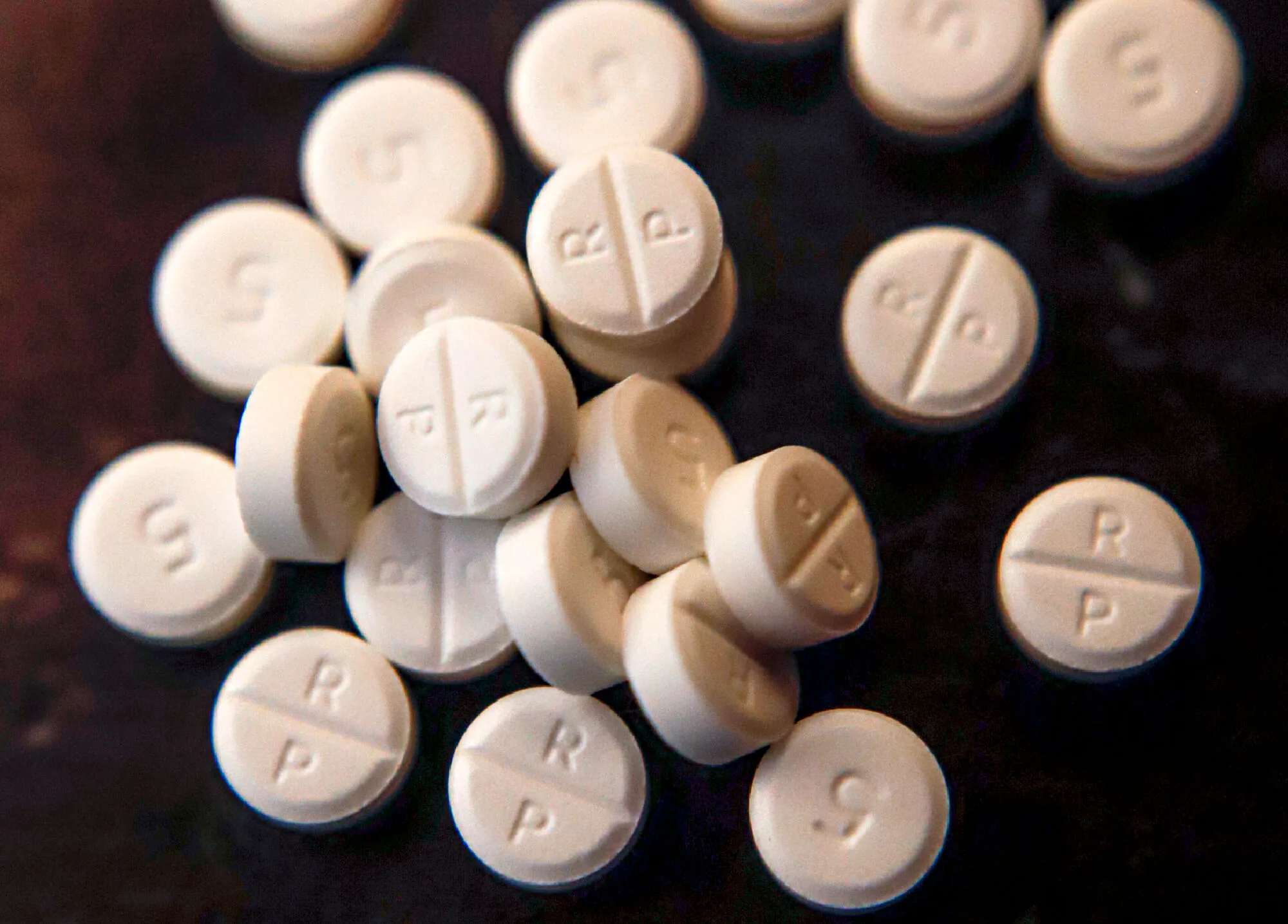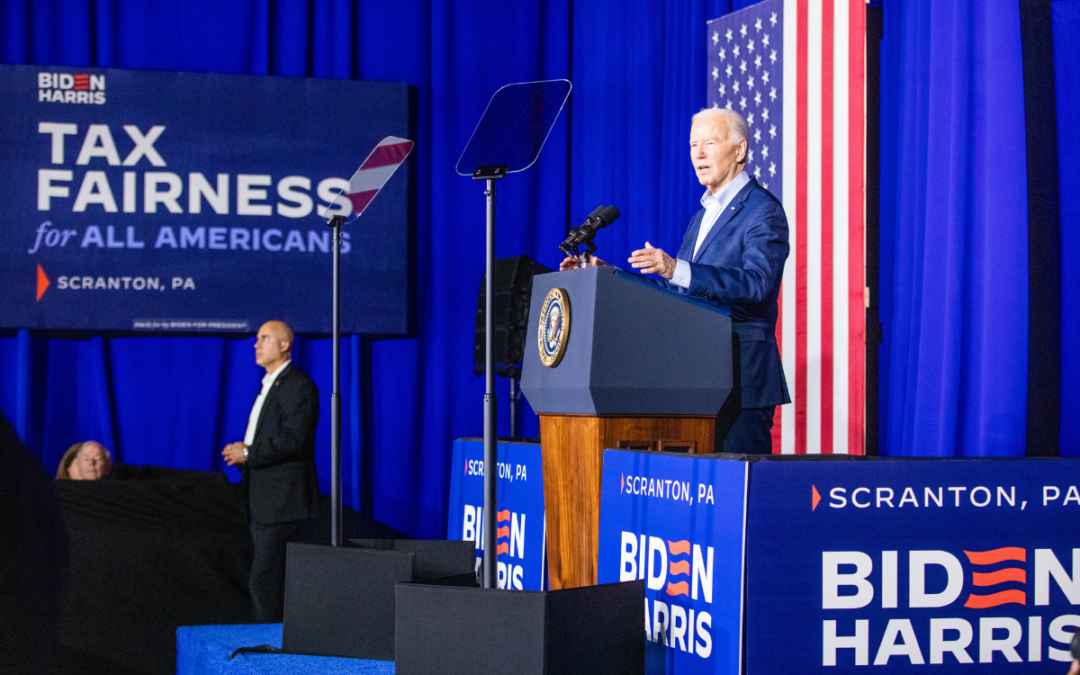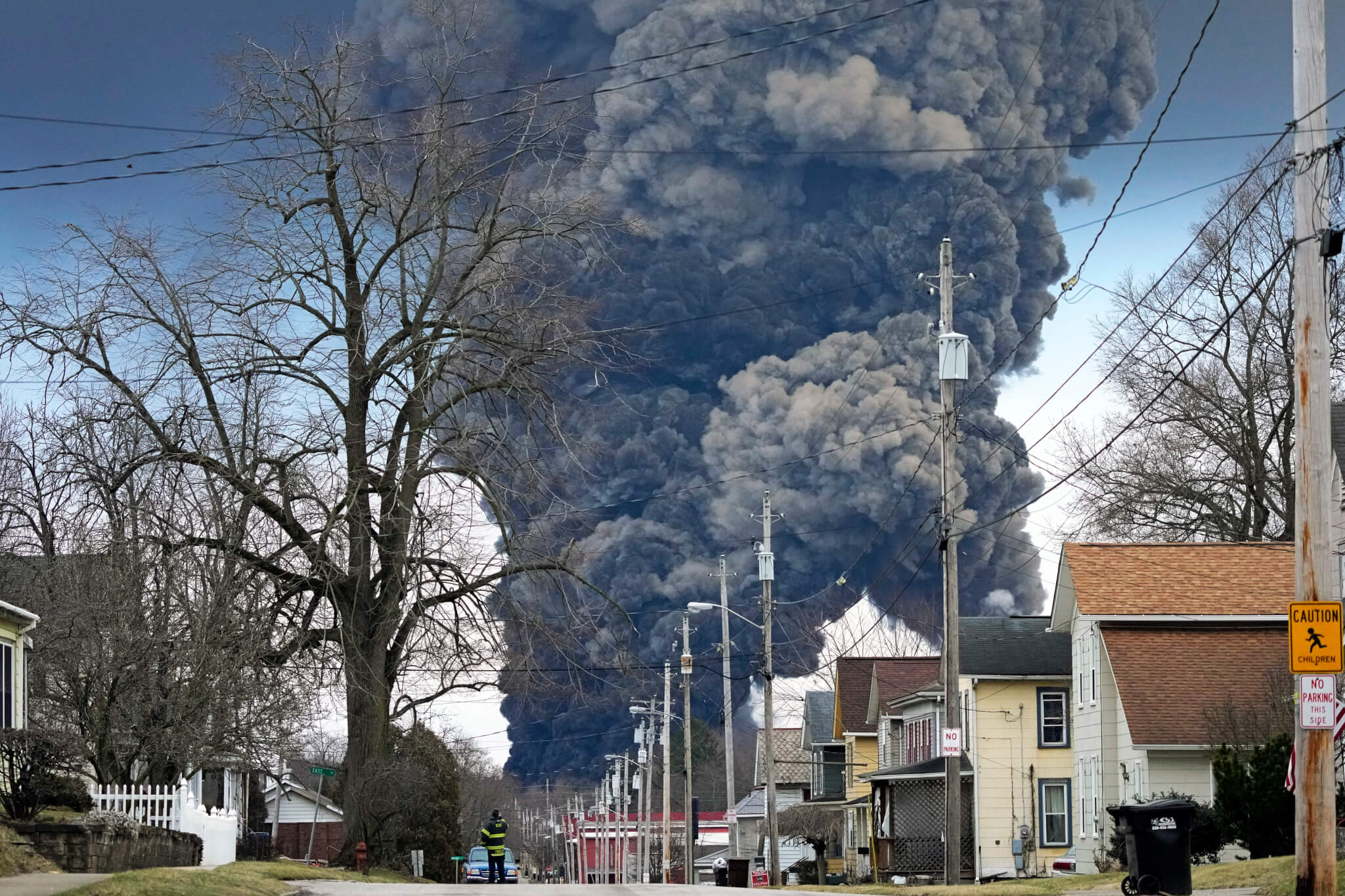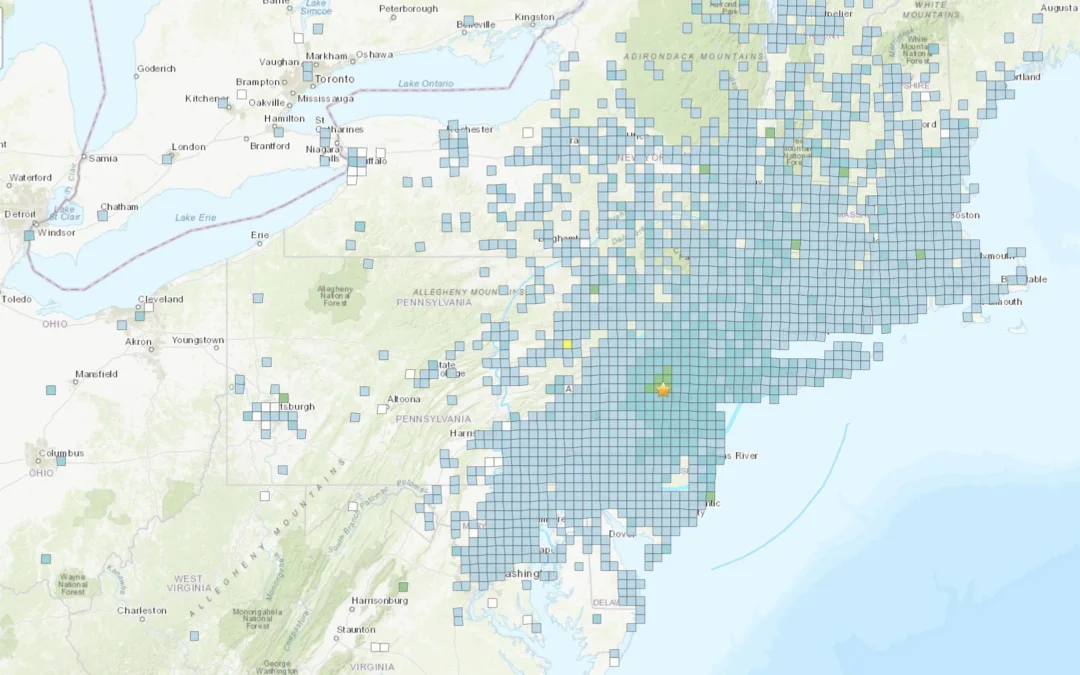
This June 17, 2019, file photo shows 5-mg pills of Oxycodone. (AP File Photo/Keith Srakocic)
All 67 counties will share in the $1.07 billion the state will receive from pharma distributors Cardinal Health, McKesson, and AmerisourceBergen, along with manufacturer Johnson & Johnson.
Early summer is when Pennsylvania can expect to see the first round of payments from its share of a $26 billion national settlement with three of the country’s largest pharmaceutical providers over their role in fueling the nationwide opioid crisis.
State officials provided an update Wednesday on the settlement. Each of Pennsylvania’s 67 counties will share in the $1.07 billion the state is slated to receive over the next 18 years from pharmaceutical distributors Cardinal Health, McKesson, and AmerisourceBergen, along with manufacturer Johnson & Johnson. A second round of payments should be made to the counties by fall.
State Attorney General Josh Shapiro said the money will be used to address the ongoing opioid crisis in Pennsylvania, with funding allocated specifically for treatment programs, distribution of the overdose reversal medication naloxone, and community outreach programs to fight addiction.
“These settlement funds will provide more treatment and more capacity to county and local organizations, help provide important ancillary services — like transportation for people trying to access treatment, and save lives,” Shapiro said in a written statement. “I’m thankful for all of our partners in this process. This would not have happened without their cooperation and expertise. I’m looking forward to the next steps and getting funds out to the communities that need them.”
The formula used to allocate funding from the agreement prioritizes those communities hardest-hit by the opioid crisis. Of the $1.07 billion, 15% will go to the state, 70% to the counties, and 15% to government entities.

There were 5,217 fatal overdoses statewide in 2020, according to the Centers for Disease Control and Prevention. It’s a 16% increase from 2019, and is not a far cry from the 5,388 overdose deaths at the height of the opioid crisis in 2017. The state Department of Drug and Alcohol Programs estimates the overdose rate in 2021 will look similar to 2017.
Gov. Tom Wolf declared the opioid epidemic a public health emergency in January 2018 when the state reported a record number of overdose deaths. The declaration expired in August of last year after the Republican-controlled Legislature declined to extend it.
Politics

It’s official: Your boss has to give you time off to recover from childbirth or get an abortion
Originally published by The 19th In what could be a groundbreaking shift in American workplaces, most employees across the country will now have...

Biden talks economic and tax plans in Scranton
President Joe Biden traveled to Pennsylvania on Tuesday and framed the 2024 election as a choice between Scranton values and Mar-a-Lago values....

Trump says he’s pro-worker. His record says otherwise.
During his time on the campaign trail, Donald Trump has sought to refashion his record and image as being a pro-worker candidate—one that wants to...
Local News

Railroad agrees to $600 million settlement for fiery Ohio derailment, residents fear it’s not enough
Norfolk Southern has agreed to pay $600 million in a class-action lawsuit settlement for a fiery train derailment in February 2023 in eastern Ohio,...

4.8 magnitude earthquake centered in New Jersey felt across Pennsylvania Friday morning
According to the U.S. Geological Survey, the quake’s impact in Pennsylvania was primarily felt in the eastern part of the state, though the...






